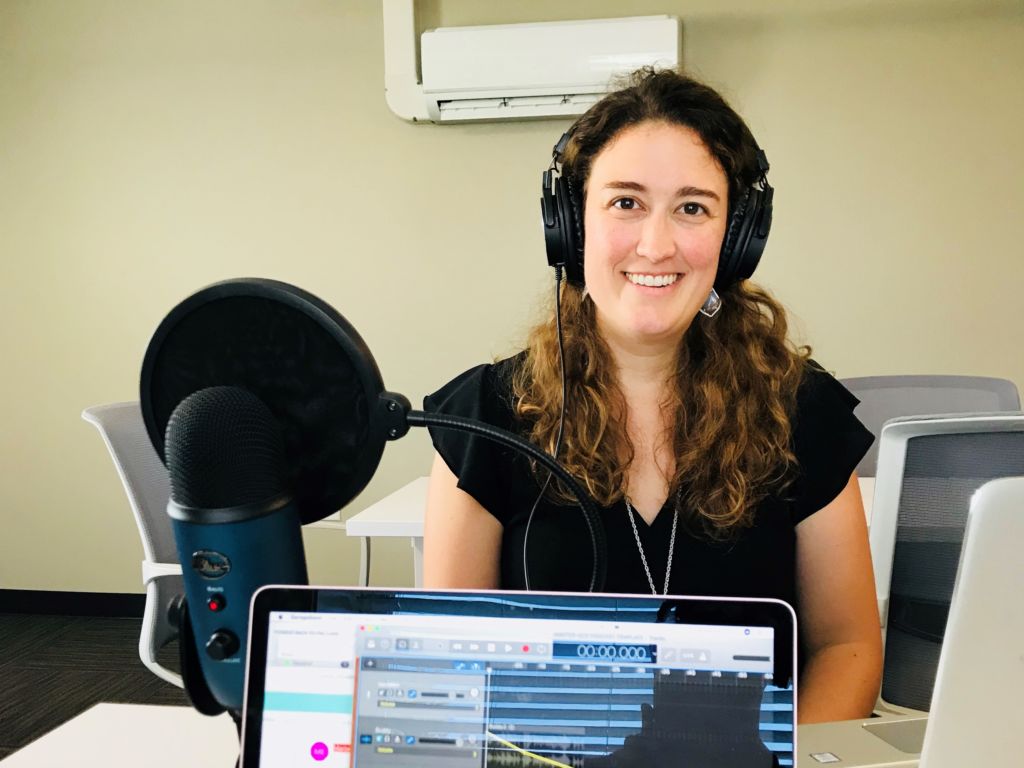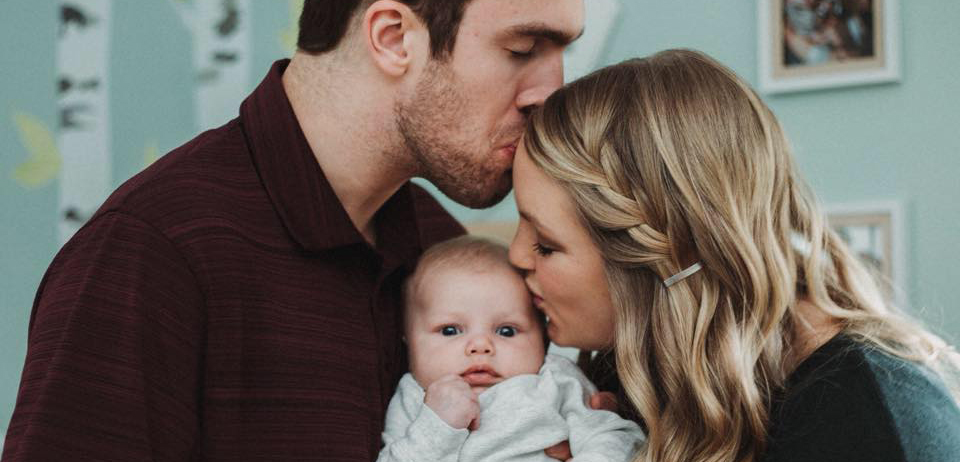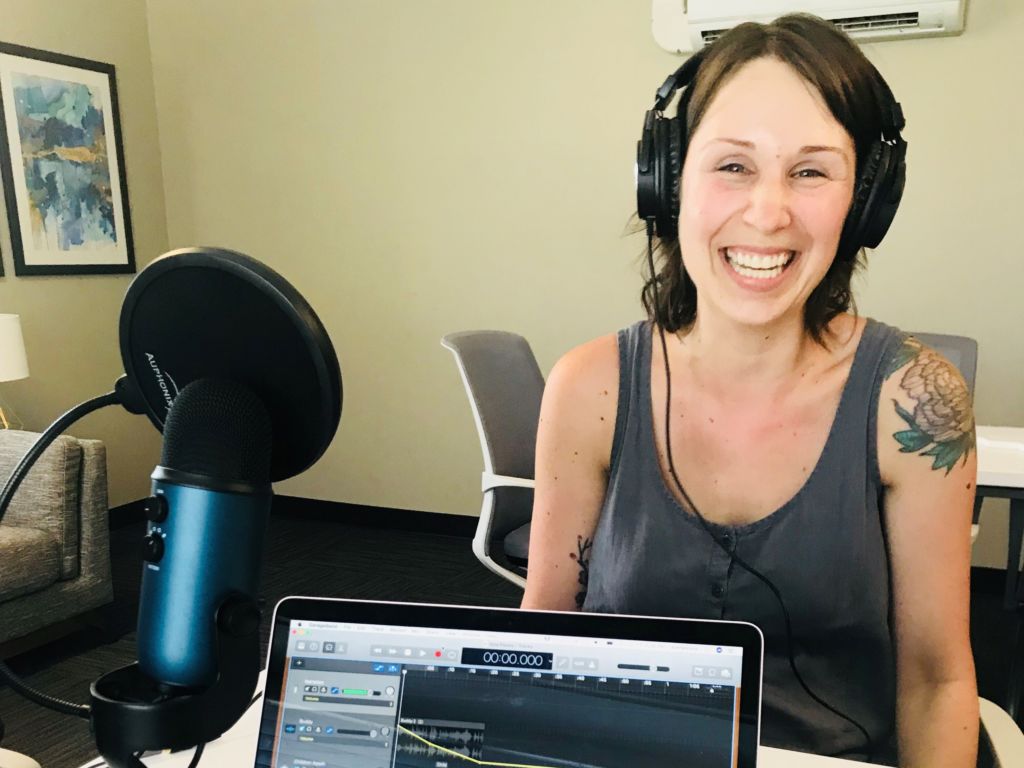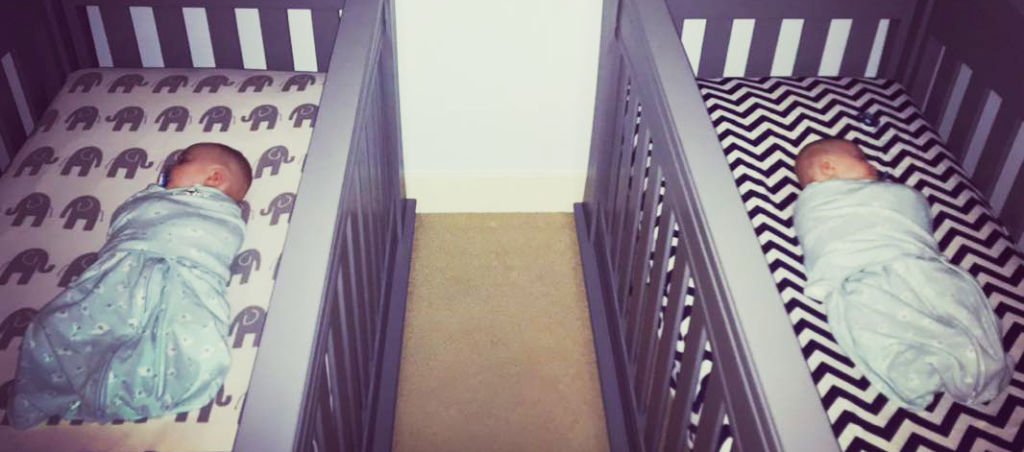Podcast Episode #43: Empathy in Healthcare

What should empathy in health care look like? Why do parents so often have negative experiences with their health care providers? Today we talk to Martelle of Mothership about empathy training and what her website provides for new parents. You can listen to this complete podcast episode on iTunes or SoundCloud. Alyssa: Hello and welcome […]
Podcast Episode #42: Building Your Birth Team

What should your birth team look like? What kinds of questions do you need to ask and who should you be talking to when you find out you’re pregnant? We answer these questions and more on today’s podcast with Rise Wellness Chiropractic. You can listen to this complete podcast episode on iTunes or SoundCloud. […]
Meet our newest birth doula, Katie!

Say hello to Katie, our newest doula. As always, we asked her some questions so you can get to know her a little better. She met her husband in 3rd grade at a spelling bee, how adorable is that?! 1) What did you do before you became a doula? I have the joy and privilege […]
Podcast Episode #41: Nutrition and Kids

Today we talk to David Fisher again. He is a dietician and helps plan nutritious meals for LifeFuel in Grand Rapids. We asked him to give us some pointers specifically related to children and getting them to eat healthily. You can listen to this complete podcast episode on iTunes or SoundCloud. Alyssa: Hello. Welcome […]
7 Things You Didn’t Know About Breastfeeding

Today’s guest blog is written by Natalie Michele of Maternity At Home. As soon as you start to breastfeed, most of the women you meet on a daily basis, including your mom, friends, and even acquaintances, will have one or two things to tell you about what to do when nursing a baby. Some will […]
Podcast Episode #40: Pilates for your Pelvic Floor

Today we talk with Iona Ruiter of Pilates in East. She specializes in pelvic floor health, prenatal and postnatal pilates, and diastasis recti. She gives us an in-depth look at the health of your pelvic floor and what exercises actually work. You can listen to this podcast episode on iTunes or SoundCloud. Be sure to […]
Newborn Sleep Tips

As a sleep consultant, I get asked often how early you can sleep train a baby. My answer is this – Most babies are ready around 12 weeks, but it’s never too early to start introducing heathy habits to make the sleep training go smoothy when baby is ready. Why 12 weeks? Most babies are […]
